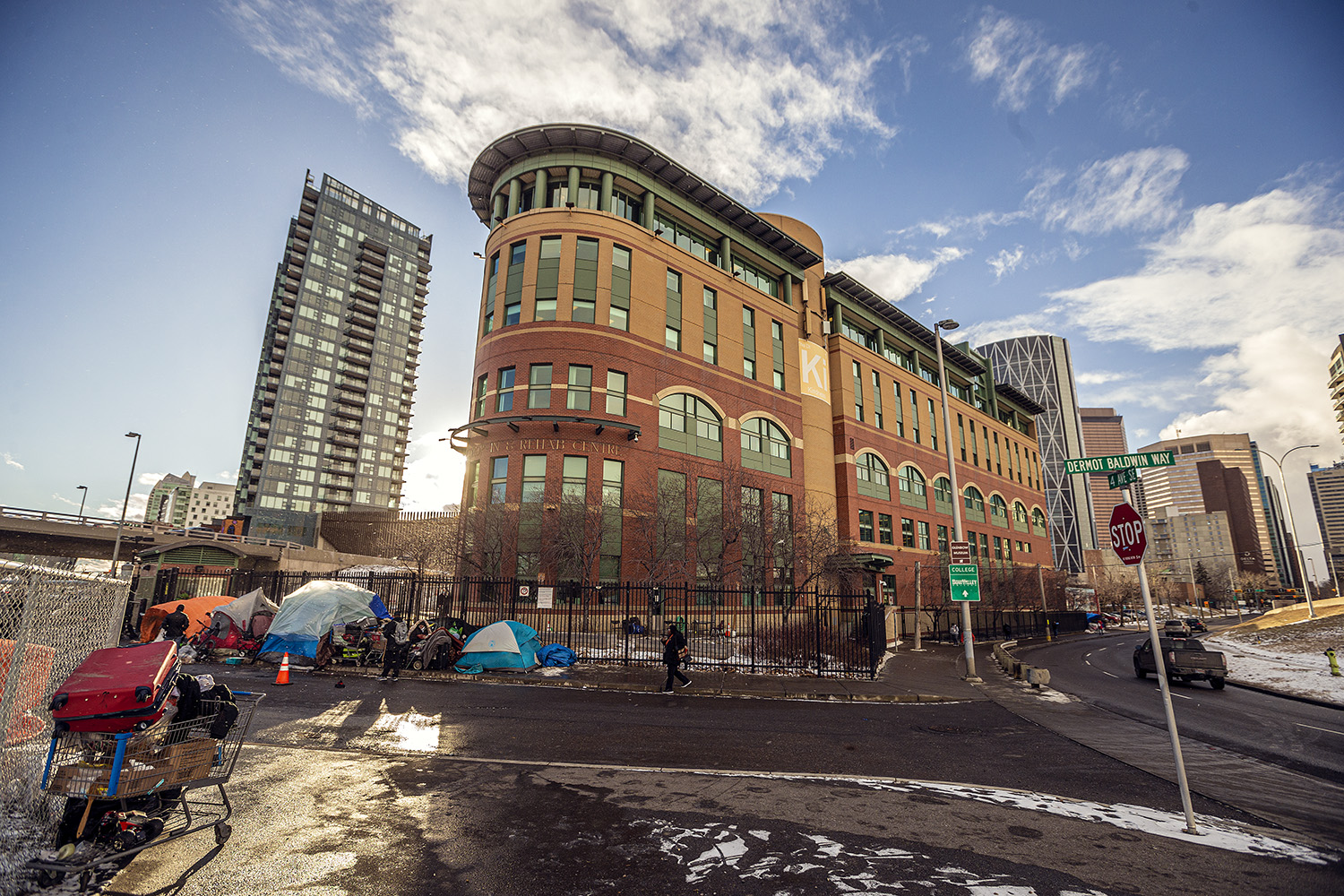The homeless hub says there is somewhere around 1,935 homeless people living in Calgary. If I were in charge of the response, here’s what I would personally try doing to fix the homeless crisis:
Build tiny homes for each and every homeless person, plus some extra for flexibility. But make them as cost effective as physically possible: they don’t need electricity or plumbing or anything beyond a safe, warm space to sleep and store some possessions. I’m thinking they could be like little sheds that we can move around as necessary.
They would be humble, but provide a legitimate opportunity to guarantee a safe shelter as a human right, even for people who struggle with issues that make them difficult to otherwise shelter. Because they would be so cheap, they would not be risky to assign to people who might not be able to take care of a traditional apartment. And you’d aim for them to be so cheap that we can nearly instantly provide them to people in need rather than struggling with long waiting lists. People who take good care of their tiny homes and use the opportunity to start rebuilding their lives could be considered candidates for other programs for more permanent forms of housing.
Ideally, you’d spread out these homes across the entire city, integrating with communities without causing too much disruption. You could place them in spots like vacant lots in industrial areas or underused parking lots (like 2 parking spots converted to 3 or 4 tiny homes) near amenities like grocery stores or LRT stations.
I think our current method of having “superclusters” of homeless people at places like the DIC just ends up encouraging and perpetuating antisocial behavior through cultural pressure (if you are struggling with drug addiction or mental health, surrounding yourself exclusively with people who are also struggling with addiction and mental health is evidently not a recipe for success). We could cut down the size of the DIC to lessen its adverse effects on the community and introduce a few smaller service centers for the homeless across the city in strategic locations.
A consequence of this strategy is that since every homeless person would have a safe shelter of their own where they are free to do as they wish, there is no longer any moral argument against enforcing the rules against things like abuse and drug use in public spaces (like on transit). Therefore, we’d be able to pair this with stricter laws and enforcement to keep public spaces safe for everyone.







